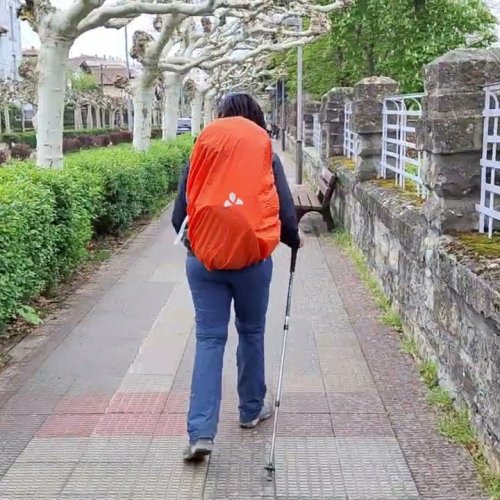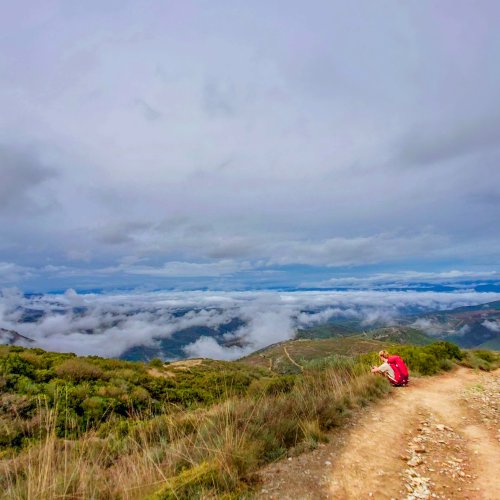rlr9200
Member
- Time of past OR future Camino
- Ingles - June 2015
Portugues - sometime soon, I hope
I've read varying reports, some older, some more recent. I suspect this route has been evolving, as do they all.
Can anyone give me a current description of the walking surfaces, conditions, or just general advice before undertaking this route? I suspect we will embark on a 10-11 day itinerary.
Also, at this point we are thinking of the Coastal as far as the coast goes, but I would love to hear the pros and cons of that vs. turning inland at some point along the way.
Thanks!
Can anyone give me a current description of the walking surfaces, conditions, or just general advice before undertaking this route? I suspect we will embark on a 10-11 day itinerary.
Also, at this point we are thinking of the Coastal as far as the coast goes, but I would love to hear the pros and cons of that vs. turning inland at some point along the way.
Thanks!










